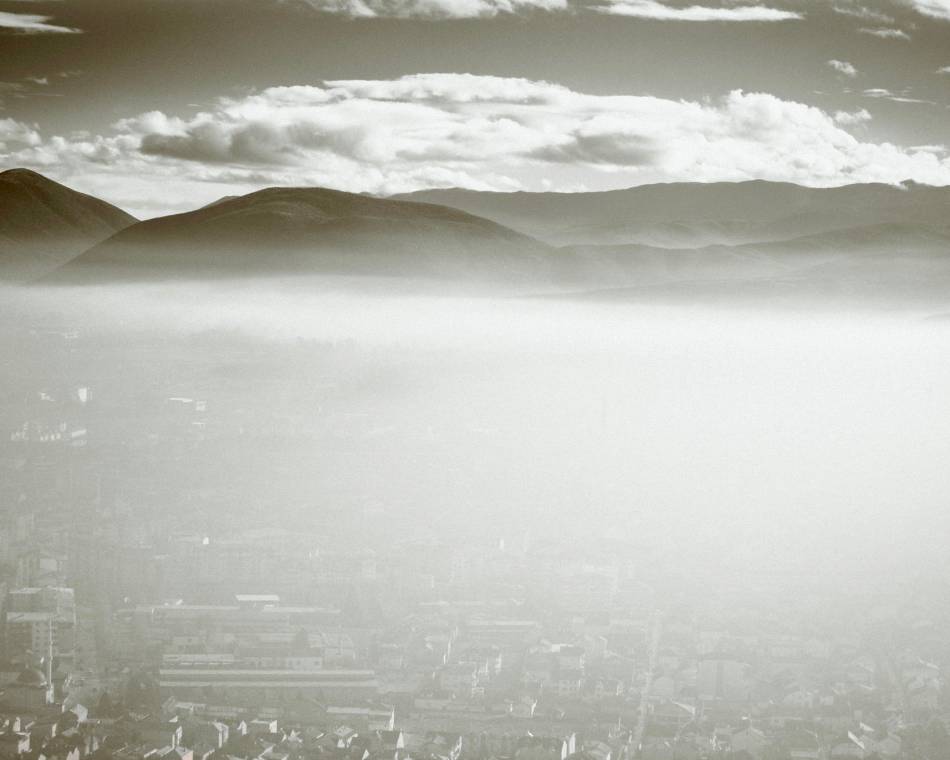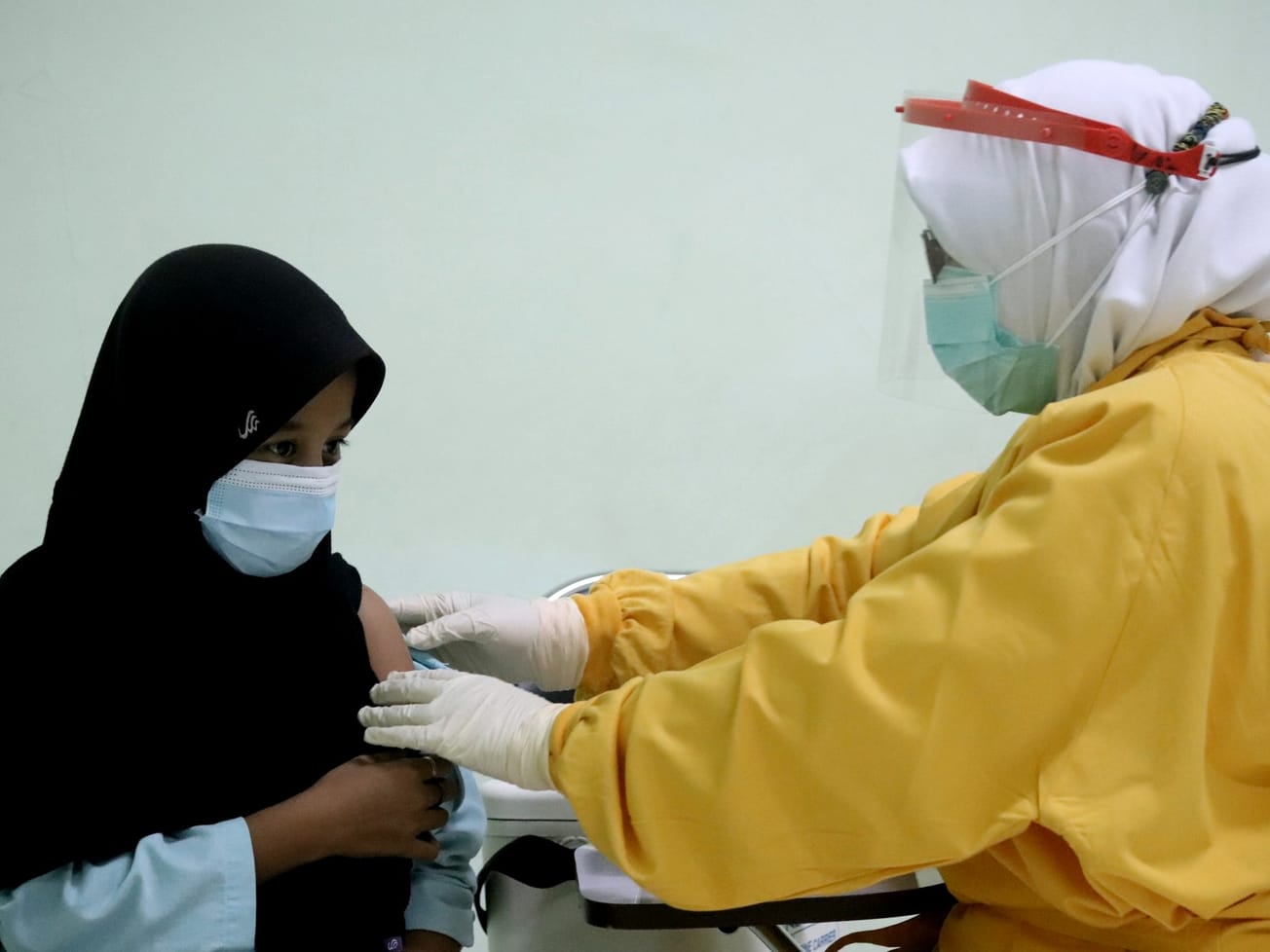GENEVA (AN) — Lockdowns and travel restrictions due to the coronavirus pandemic resulted in a "dramatic short-lived fall in emissions of key air pollutants" last year, the World Meteorological Organization reported on Friday.
The fall in human-caused emissions of air pollutions during the COVID-19 economic downturn — with fewer cars on the road, restricted gatherings and shuttered offices and schools — particularly benefited cities, WMO said, though the decrease was not consistent among all regions or each of the main pollutants, which include fine particulate matter, sulfur dioxide, nitrogen oxides, carbon monoxide and ozone.







